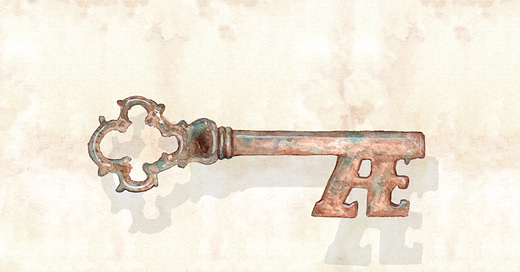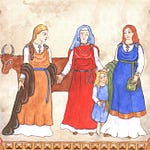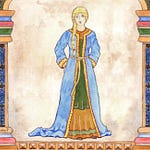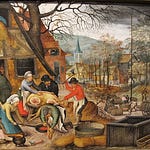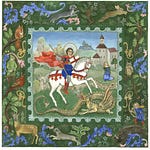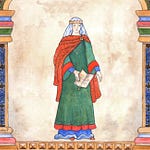Women's Dress and Accessories in the Early Middle Ages: Part 2
This is the second part of a two-part examination of women’s dress and accessories in the early middle ages. In Part 1 we looked at the different sources we have for determining what women wore in the early middle ages. While textual references to clothing were often incidental to a wider narrative, medieval monastic writers would sometimes go out of their way to criticise extravagant or luxurious clothing. Such clothes, made from imported fabrics like silk, decorated with fine embroidery, or embellished with bright colours and jewels, were not befitting of a pious, Christian woman. One of the only detailed descriptions of clothing from the pre-conquest period in England, written by Aldhelm in his De Virginitate in the seventh century, is a condemnation of extravagant clothes. Though grammatically this text could refer to both women and men, the work is aimed at nuns. Aldhem critcises:1
…fine linen shirts, scarlet or blue tunics, necklines or sleeves embroidered in silk; their shoes are trimmed with red-dyed leather; the hair of their forelocks and the curls at their temples are crimped with a curling-iron; dark-grey veils for the head give way to bright and coloured headdresses, which are sewn with interlacings of ribbons and hang down as far as the ankles.
Of course, through these criticisms, we get a sense of the kind of fancy clothing some women were obviously wearing!

